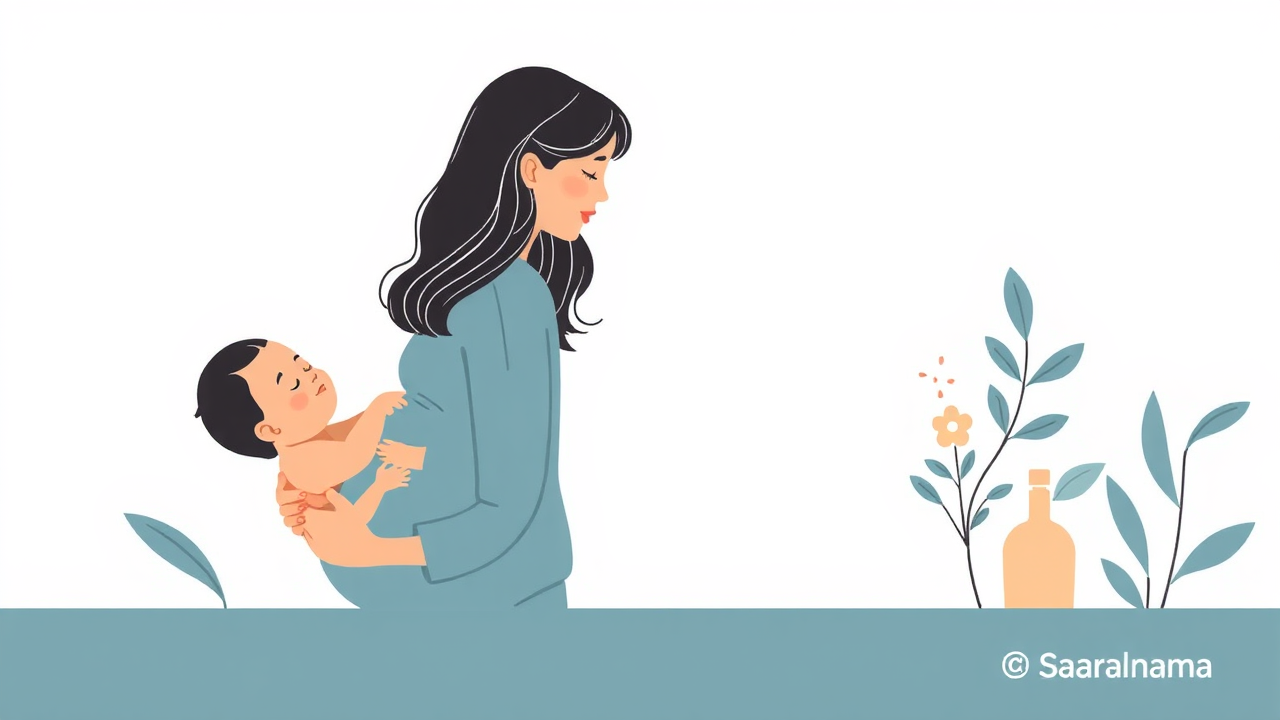Fashion designer Masaba Gupta recently shared her postpartum journey, revealing she is 13 months into recovery after welcoming her daughter Matara. She highlighted ongoing hormonal adjustments, noting her homeopath advised that hormones can remain unsettled for up to 18 months post-delivery. Gupta credited castor oil tummy patches for reducing bloating and increasing her daily energy levels. She also mentioned alternating with cold-pressed almond oil for deeper skin hydration and expressed interest in trying ghee next. Her candid account has sparked conversations about traditional remedies in postpartum care. Medical experts acknowledge that while applying oils like castor, almond, or ghee on the navel is a common cultural practice, the actual benefits stem primarily from the ritual itself—providing warmth, relaxation, and a sense of self-care. Such remedies can complement, but should not replace, essential postpartum care including proper hydration, rest, and gradual physical recovery.

Expert Insights on Oil-Based Postpartum Remedies
Dr Shruti Chandak, consultant obstetrician and gynaecologist at KIMS Hospitals, Thane, explained that postpartum journeys are complex. Many new mothers explore home remedies seeking comfort and routine during physical adjustment. Applying oils on the navel is a traditional practice in numerous households, intended to provide warmth, ease dryness, and promote relaxation. While the navel does not absorb nutrients directly, gentle massage and warmth can help the abdominal area feel calmer. The primary benefits arise from the ritual itself—gentle massage, slower breathing, and warmth may ease tightness. Oils can also moisturise dry skin, common postpartum due to hormonal changes. However, these methods should complement, not replace, fundamental care including hydration, sleep, and gradual strength-building.
Source: Link
